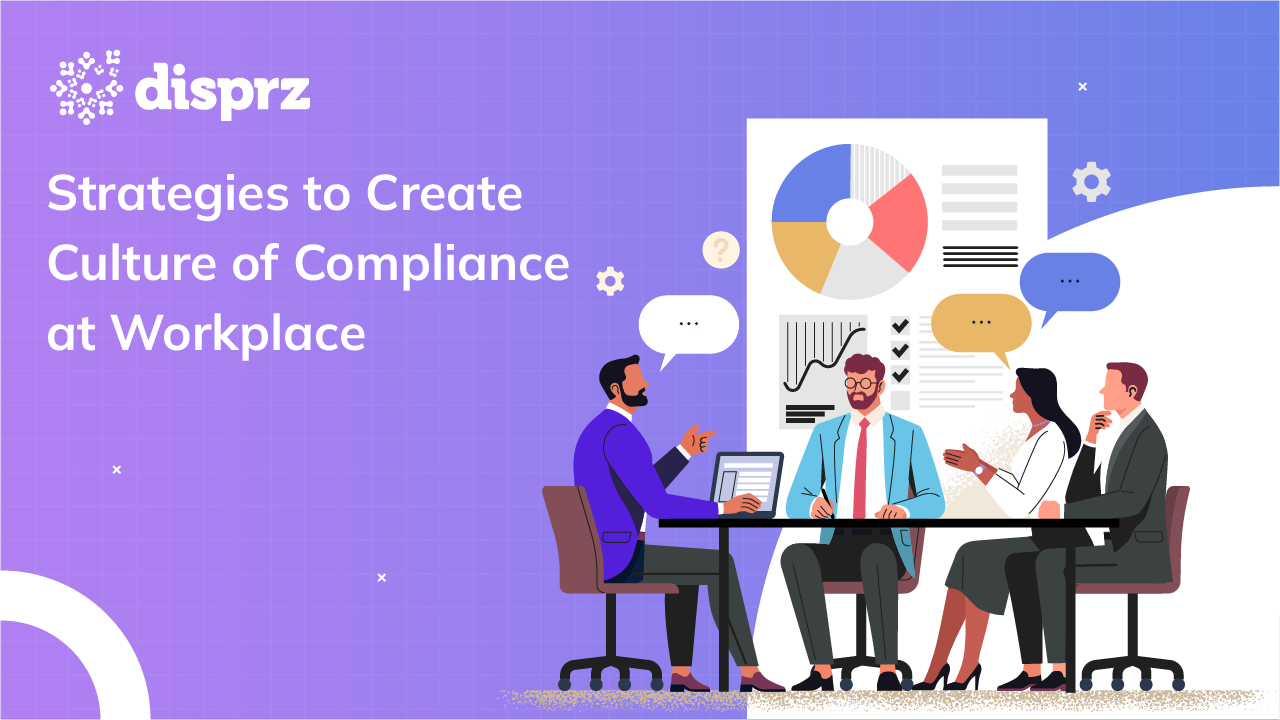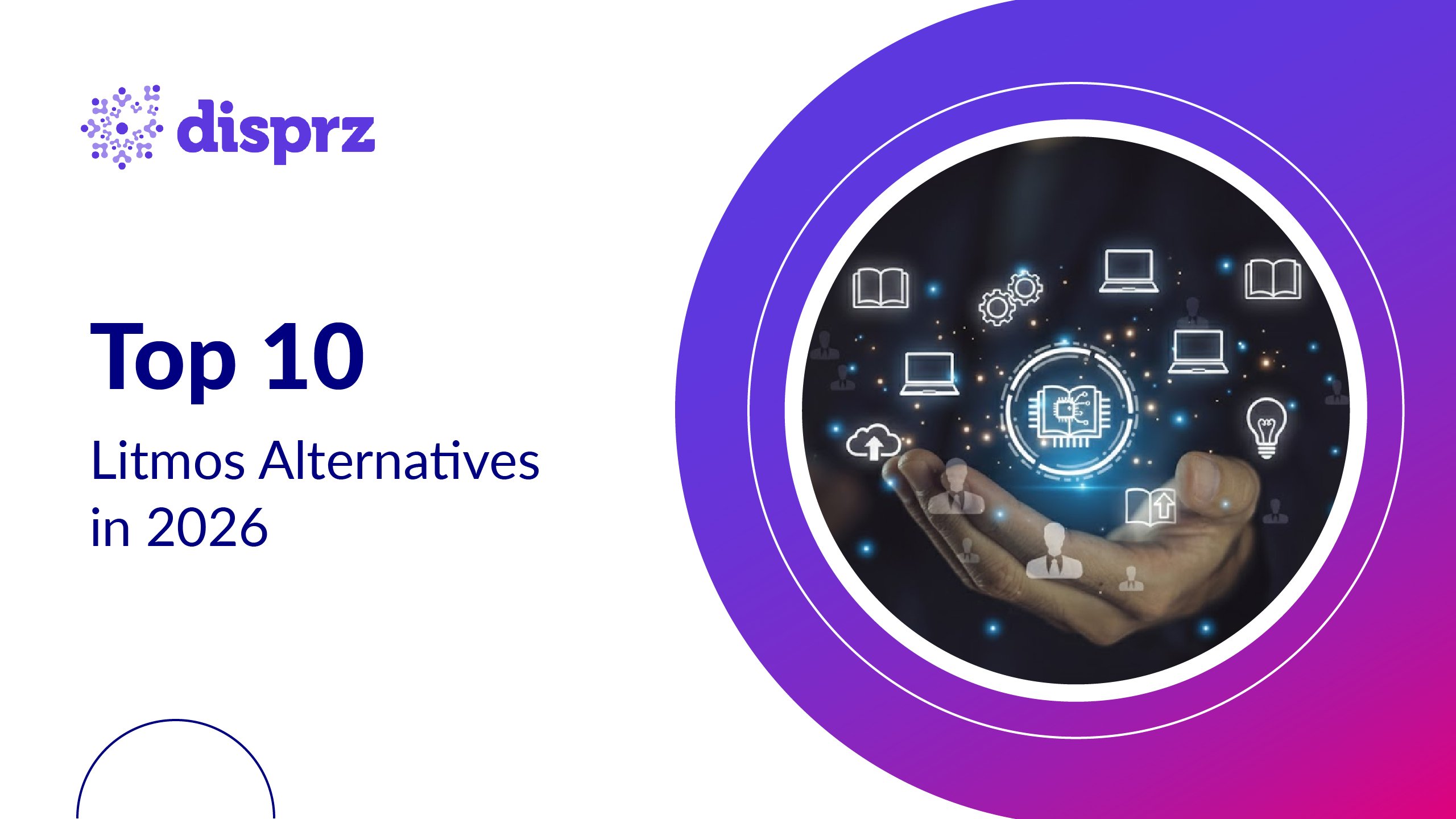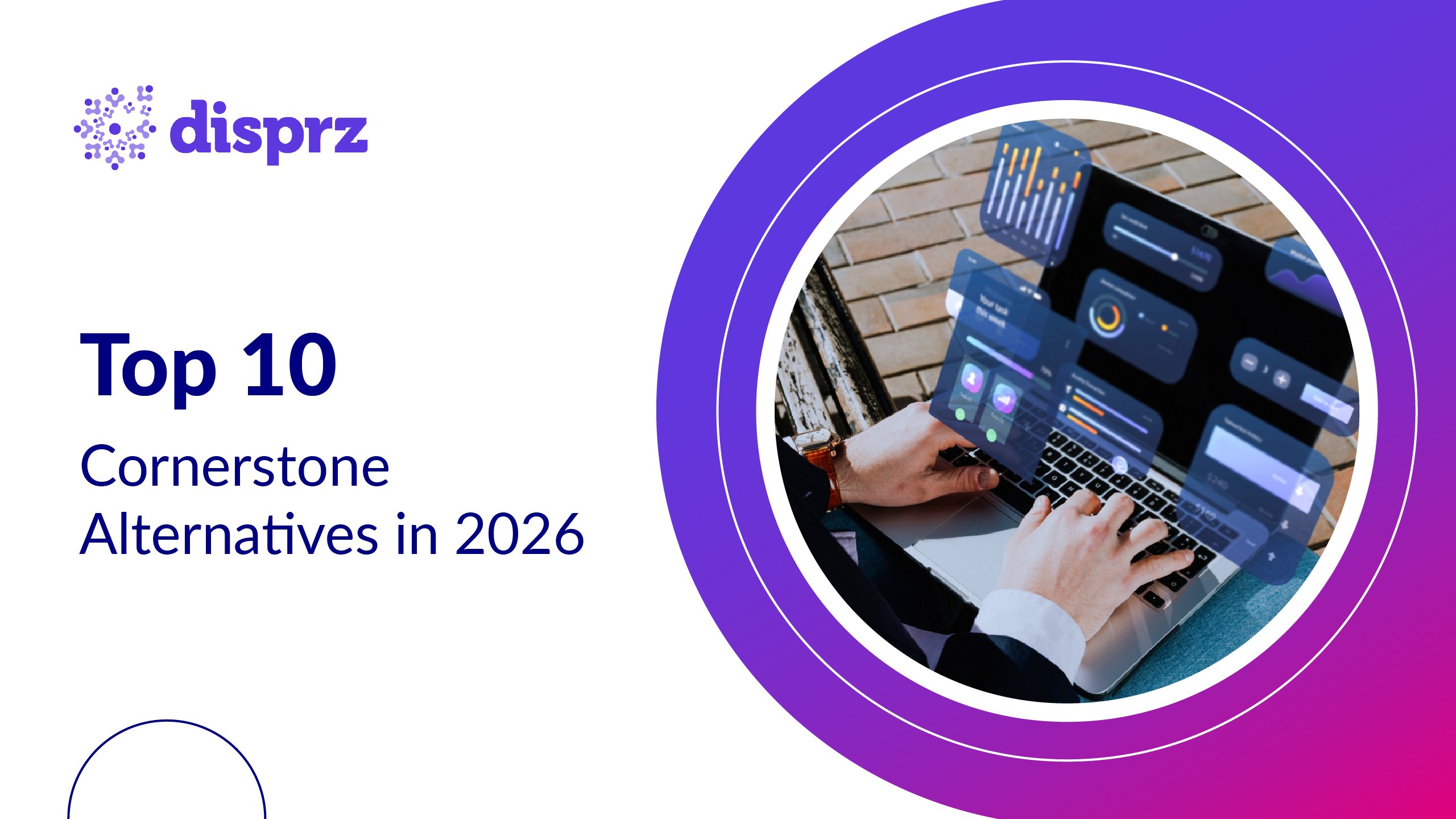Fostering a robust culture of compliance is no longer a mere regulatory necessity; it’s a basis of sustainable business success. In a world where regulatory landscapes are rapidly evolving, organizations must embed compliance into their core values and everyday practices. For learning and development (L&D) heads, chief human resources officers (CHROs), and human resources (HR) leaders, creating a compliance-driven workplace is essential to safeguarding organizational integrity, promoting ethical behavior, and achieving long-term objectives.
The essence of a compliance culture, its significance, and actionable strategies for embedding compliance into workplace practices. From understanding the definition and benefits to examining real-world examples and challenges, this comprehensive guide equips you with the insights needed to build a future-ready compliance culture in 2025 and beyond.
What is a Culture of Compliance?
A culture of compliance refers to a workplace environment where adherence to laws, regulations, ethical standards, and organizational policies is ingrained in the values and behaviors of employees at every level.
Unlike a rules-based approach, a compliance culture emphasizes proactive understanding, responsibility, and accountability among employees to uphold compliance in day-to-day operations.
To better understand this, let’s explore the compliance culture definition: it is the collective mindset and shared commitment within an organization to prioritize compliance as a core business principle. This extends beyond merely following the rules; it involves fostering an environment where ethical behavior and regulatory adherence are second nature.
Why Compliance Culture Matters for Modern Workplaces
In today’s rapidly evolving business landscape, regulatory requirements are becoming increasingly complex. For L&D and HR leaders, cultivating a compliance-driven culture is not just a necessity; it’s a strategic imperative.
Here’s why:
Safeguards Organizational Integrity: A robust compliance culture minimizes legal risks, reputational damage, and financial penalties.
Drives Employee Accountability: When employees understand the importance of compliance, they are more likely to take ownership of their actions.
Enhances Trust and Credibility: Clients, partners, and stakeholders are more inclined to engage with businesses that demonstrate ethical practices.
Supports Long-Term Growth: Compliance is the foundation for sustained success, ensuring operations align with evolving regulations and societal expectations.
By embedding compliance into workplace culture, organizations can move beyond reactive measures to cultivate an environment of continuous improvement and integrity.
Key Benefits of a Strong Compliance Culture
Developing a compliance-first mindset ensures that ethical standards and policies are consistently upheld, fostering a more transparent and trustworthy work environment. It also reduces operational risks by minimizing potential legal issues and non-compliance penalties. Moreover, a robust compliance culture boosts employee confidence, as they feel supported by clear guidelines and fair practices.
The alignment of compliance with corporate values further enhances organizational resilience, making it easier to navigate industry changes and build sustainable growth. A well-established compliance culture delivers numerous advantages that go beyond regulatory adherence.
Let’s examine the benefits of a good compliance culture
1) Mitigates Risks
A strong compliance culture helps identify and address potential risks before they escalate into significant issues.
Organizations are better equipped to navigate audits, inspections, and legal scrutiny.
2) Improves Employee Morale
Employees working in ethical environments feel more secure and valued.
It fosters transparency, creating a sense of fairness across the organization.
3) Enhances Organizational Reputation
Organizations known for their compliance and ethics attract top talent, partners, and investors.
A positive reputation differentiates organizations in competitive markets.
4) Promotes Operational Efficiency
Clear compliance guidelines streamline processes and reduce ambiguity.
Employees can focus on their roles without fear of inadvertently violating policies.
5) Aligns with Corporate Social Responsibility (CSR)
Demonstrating compliance aligns with global CSR trends, showcasing a commitment to societal well-being.
Examples of Effective Compliance Cultures in Action
Understanding a few compliance culture examples can provide valuable insights into how successful organizations have embedded compliance into their ethos:
Johnson & Johnson
Known for its unwavering commitment to ethical practices, Johnson & Johnson’s Credo serves as a guiding principle for compliance. Regular training programs and clear communication ensure employees uphold ethical standards.
Patagonia
This outdoor clothing brand integrates environmental compliance into its culture. By aligning compliance with its sustainability goals, Patagonia reinforces its brand values while maintaining regulatory adherence.
Microsoft
With a robust compliance framework, Microsoft emphasizes transparency and accountability. Initiatives such as the "Standards of Business Conduct" training make compliance accessible and relatable for employees.
These examples highlight that effective compliance is not about imposing rules but about aligning them with organizational values.
Common Challenges in Building a Compliance Culture
Despite its importance, creating a compliance-driven culture is not without obstacles.
Some common challenges include
Resistance to Change: Employees may perceive compliance initiatives as burdensome or unnecessary.
Lack of Awareness: Insufficient understanding of regulations and policies can lead to non-compliance.
Inconsistent Enforcement: Uneven application of rules across departments undermines the credibility of compliance efforts.
Resource Constraints: Limited budgets and manpower can impede the implementation of comprehensive compliance programs.
Complexity of Regulations: Navigating intricate and evolving regulations can be overwhelming without expert guidance.
Recognizing these challenges is the first step toward addressing them effectively.
Top 5 Compliance Trends Shaping 2025
1) AI-Driven Compliance Monitoring
Overview: Leveraging AI and machine learning to continuously monitor transactions, communications, and operations for regulatory risks that traditional audits would miss.
Why it matters: Regulators aren’t explicitly requiring AI, but their expectations for real-time oversight, instant reporting, and near-zero human error are reshaping the compliance landscape. Manual monitoring is no longer sufficient to meet these compliance strategies and standards.
Regulations driving the trend:
-
India – RBI Digital Lending Guidelines (2025): Continuous monitoring of digital lending platforms and immediate reporting of anomalies.
-
Dubai – VARA Rulebooks (2023): 24/7 transaction oversight for virtual asset providers, focused on AML compliance.
-
Singapore – MAS FEAT Principles (2023 update): Ensure fairness, transparency, and explainability in AI-driven financial decisions.
Helps with: Early fraud detection, continuous monitoring, reducing penalties, and scaling compliance.
Example: A digital bank implements AI that monitors every loan application in real time, scoring risk automatically and flagging suspicious patterns. Compliance teams act immediately on alerts, meeting RBI expectations without manual intervention.
2) ESG & Sustainability Compliance
Overview: Integrating environmental, social, and governance (ESG) standards into operations, with verifiable reporting as a regulatory expectation.
Why it matters: ESG is no longer optional. Regulators demand measurable disclosures on carbon emissions, workforce diversity, and governance practices, tying compliance to investor trust and global market access.
Regulations driving the trend:
-
India – SEBI BRSR (Business Responsibility and Sustainability Report): Mandatory ESG disclosures for listed companies.
-
UAE – CSRD-aligned ESG reporting: Aligns with EU standards for cross-border transparency.
-
Singapore – SGX Listing Rules: Require climate-related and ESG disclosures for public firms.
Helps with: Investor trust, cross-border eligibility, and sustainable brand reputation.
Example: An IT company integrates ESG tracking tools to measure energy usage and workforce diversity. These tools generate reports that directly feed into the BRSR filings, allowing management to track ESG KPIs and demonstrate regulatory compliance.
3) Data Privacy & Cross-Border Data Laws
Overview: Strengthening controls on how personal data is collected, stored, and transferred across borders.
Why it matters: Laws increasingly require local data storage, explicit consent, and strong protection before cross-border transfers. Non-compliance carries significant fines and reputational risk.
Regulations driving the trend:
-
India – Digital Personal Data Protection Act (DPDP, 2023): Sets residency and consent requirements.
-
Saudi Arabia – Personal Data Protection Law (PDPL): Covers collection, storage, and international transfer.
-
UAE – DIFC Data Protection Law (2020): Governs sensitive data in financial zones.
-
Singapore & Thailand – PDPA frameworks: Strengthen cross-border data governance.
Helps with: Protecting user trust, avoiding penalties, and enabling government contracts.
Example: A multinational e-commerce platform builds a local data storage system with encryption and automated consent management.
This ensures every transaction complies with DPDP residency rules and PDPA consent requirements, embedding privacy into daily operations and preserving organizational integrity.
4) Whistleblower Protection & Speak-Up Culture
Overview: Ensuring employees can report fraud, harassment, or misconduct safely and anonymously.
Why it matters: Laws are formalizing internal transparency. Organizations must provide channels where employees can raise concerns without fear of retaliation, turning whistleblowing into a strategic compliance tool.
Regulations driving the trend:
-
India – Companies Act (Vigil Mechanism Rules) & SEBI Whistleblower Guidelines
-
Saudi Arabia – Anti-Bribery & Anti-Corruption Law
-
Singapore – Prevention of Corruption Act (CPIB protections)
Helps with: Early detection of fraud or misconduct, reduced legal exposure, stronger ethical culture.
Example: A telecom firm implements a digital whistleblower portal with AI triaging. Employees can anonymously report policy violations, and the system automatically escalates high-risk cases to compliance officers, ensuring swift, regulatory-aligned resolution.
5) Cybersecurity & Critical Infrastructure
Overview: Protecting IT systems, networks, and critical infrastructure against cyberattacks while meeting regulatory reporting standards.
Why it matters: Regulators now tie cybersecurity to compliance, requiring breach reporting, audits, and resilience measures. Failure to comply can trigger legal penalties and endanger operational continuity.
Regulations driving the trend:
-
India – CERT-In Directions (2022): Six-hour incident reporting for cyber events.
-
Saudi Arabia – NCA Cybersecurity Controls: Standards for critical national infrastructure.
-
UAE – Cybercrime Law (Federal Decree-Law No. 5 of 2012, amended)
-
Singapore – Cybersecurity Act (2018): Regulates operators of essential systems.
-
Helps with: Protecting data, ensuring business continuity, and maintaining regulatory trust.
Example (trend-applied): A power company deploys automated intrusion detection and response systems. Alerts trigger immediate investigations and reporting dashboards aligned with CERT-In and NCA requirements, embedding cybersecurity into everyday operations.
7 Strategies to Create a Compliance-Driven Workplace
Building a culture of compliance requires deliberate and sustained efforts.
Here are seven actionable strategies to help organizations foster a compliance-first mindset
1) Leadership Commitment
Leadership must set the tone by modeling compliant behavior and prioritizing ethics.
Regularly communicate the importance of compliance in achieving organizational goals.
2) Comprehensive Training Programs
Develop engaging training sessions that cater to different learning styles.
Use compliance culture examples to illustrate real-world scenarios and applications.
3) Clear Policies and Guidelines
Ensure policies are accessible, well-documented, and easy to understand.
Regularly update them to reflect changing regulations and business needs.
4) Effective Communication Channels
Encourage open dialogue about compliance issues.
Use newsletters, town halls, and digital platforms to disseminate compliance updates.
5) Incorporate Compliance into Performance Metrics
Align compliance adherence with performance evaluations.
Recognize and reward employees who consistently demonstrate compliant behavior.
6) Leverage Technology
Utilize learning management systems (LMS) or learning experience platforms (LXP) to deliver compliance training.
Use analytics to monitor training completion rates and identify knowledge gaps.
7) Foster a Speak-Up Culture
Create safe channels for employees to report non-compliance without fear of retaliation.
Act promptly and transparently to address reported issues.
How L&D Programs Can Drive Compliance Success
L&D teams play a pivotal role in creating culture-based compliance.
Here’s how they can contribute:
Personalized Learning Paths: Tailor compliance training to specific roles and responsibilities.
Microlearning Modules: Break down complex regulations into bite-sized content for better retention.
Scenario-Based Training: Use simulations and role-playing to help employees understand the practical implications of compliance.
Gamification: Introduce gamified learning elements such as quizzes, challenges, and leaderboards to make compliance training more engaging.
Continuous Learning: Implement refresher courses and updates to ensure employees stay informed about regulatory changes.
By aligning L&D initiatives with compliance goals, organizations can build a knowledgeable and accountable workforce.
Conclusion
As we approach 2025, building a culture of compliance has never been more critical. Beyond meeting regulatory requirements, a strong compliance culture fosters trust, transparency, and long-term success. By understanding the compliance culture's meaning, leveraging real-world examples, and implementing effective strategies, organizations can create workplaces where compliance is not an obligation but a shared value.
For CHROs, HR heads and L&D leaders, the journey to a compliance-driven workplace begins with commitment and collaboration. By integrating compliance into every aspect of your organization, you’re not just mitigating risks, you’re setting the stage for a future-ready enterprise.
Ready to take the next step? Start building your compliance culture today and unlock the benefits of a workplace grounded in integrity and excellence.
FAQs
1) Why is promoting open communication essential for a positive company culture?
Open communication is essential for a positive company culture because it builds trust and psychological safety. When employees feel comfortable speaking up about risks, ethical dilemmas, or process gaps, issues surface early instead of becoming crises. This helps organizations become more transparent, accountable, and better protected against regulatory or reputational risks.
2) What role does leadership play in fostering a compliance culture?
Leaders set the tone from the top. Their behavior signals whether compliance is just a checkbox or a genuine priority. When leaders actively model ethical conduct, embed compliance in daily decisions, and reward responsible actions, employees follow suit. Strong leadership transforms compliance from a rule-following task into a shared organizational value.
3) How does compliance culture impact organizational performance?
A strong compliance culture reduces risks of penalties, lawsuits, and reputational damage. But beyond protection, it also boosts performance by driving consistency, accountability, and operational discipline. Employees aligned with ethical standards work more efficiently and collaborate with greater trust. Over time, this strengthens customer confidence, attracts investors, and enables sustainable business growth.









